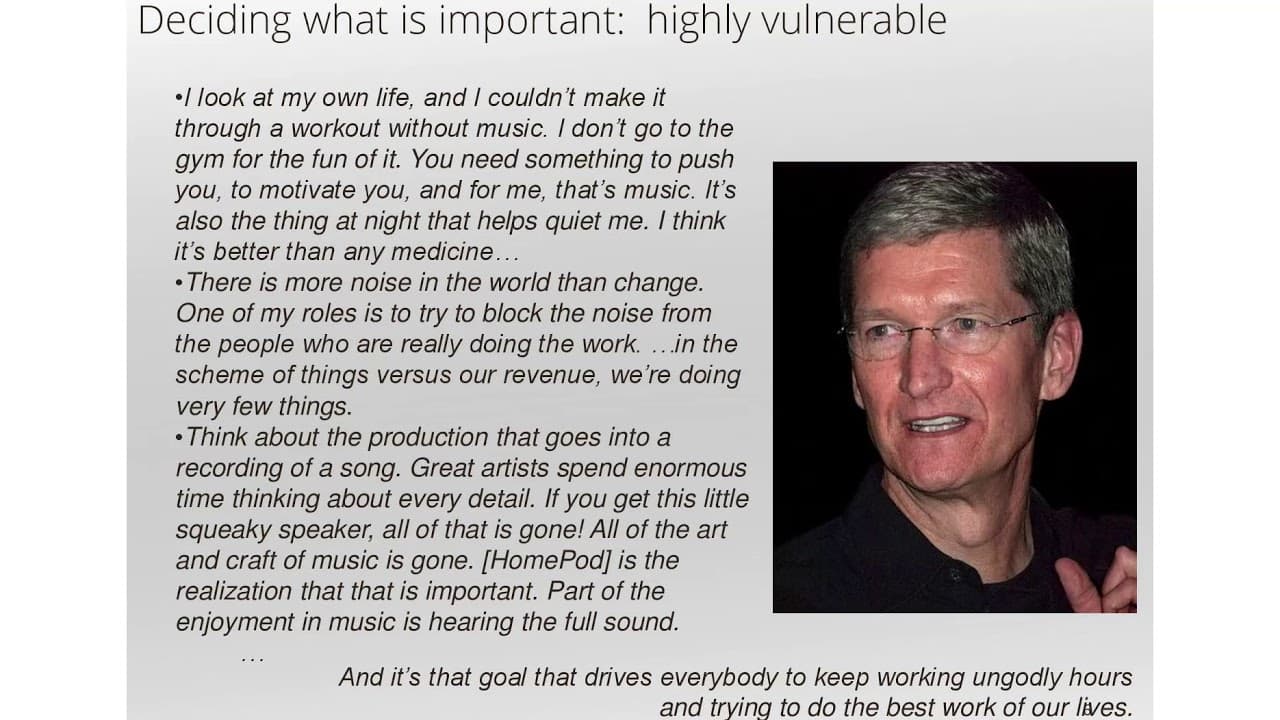So, the social attention that brings primary functions is regulatory. Until very recently, I saw myself as a highly disciplined CFO who decides where and when to allocate energy. You're going to see something about that in a minute. I agreed with social neuroscience, which suggests that this framework is upside-down.
Some of you may remember Matt Sloan, who identified fundamental needs such as breathing, food, sex, sleep, etc., as primary, with social actualization at the top. However, social connection is not optional—it's fundamental. Some of you may have seen the famous "Elephants’ Diaries" or heard of social animals. If not, let me give you a short version of the story.
Now, let's conduct a small exercise. Person number one is going to ask person number two for something simple, like a favor. Person number two will decline. Person number one asks again. Person number two declines again. Then, person number one insists, saying, "This is really very important. It’s very important to me, please." Person number two still declines. You’re going to do this for 60 seconds. Then, person number two will ask person number three. Let’s see how this feels after three minutes of fun.
Okay, now let’s reflect. Many kinds of trouble arise when nothing is at risk, but your brain still reacts as if there is a threat. Social rejection can trigger the same neural pathways as physical pain. Our brains are wired this way. It's just how the brain functions—it needs to know what’s going to happen. But in reality, we don’t live in a world of certainty, and this produces constant social stress. We end up relying on other people for all sorts of things, including deciding what is important.
Now, imagine being the person chosen to succeed Steve Jobs. That would be incredibly stressful, right? There is a quote from Apple that I absolutely love: "Apple doesn’t make any money from its music division. It’s a loss leader, but we keep doing it because we believe the quality of sound is essential to making people’s lives better." Even though it’s not profitable, they work ungodly hours because they believe in the purpose. The ability to decide what is important is an extraordinarily vulnerable position. And yet, all of us must make these decisions—whether we’re leading a huge company or not.
Let’s consider another example. The brain is like a peach, with a delicate core of nerves. In order to do something new—like the frog carrying the mouse across the river—you need a stress-free environment. Any kind of stress, even mild social stress, can hinder creativity and decision-making. The brain needs a sense of psychological safety to allow both hemispheres to communicate effectively. When stress overwhelms us, it hijacks the executive function, shutting down logical thinking. This is a binary process: the executive function is either on or off.
This type of stress is different from what you experience when you hear a strange noise while camping in the woods. It’s also different from the stress of being repeatedly declined in our previous exercise. If we experience this social stress for eight hours a day, we optimize our brains for survival rather than creativity. This is why creating a safe and trusting environment is essential for innovation.
Societies have historically attempted to impose certainty. Many of us grew up being told, "This is right. This is wrong. Do this. Don’t do that." Straight-line theories of certainty dominated. Today, we may not live in a world where such rigid structures seem viable, but we still experience their remnants. If it wasn’t your parents enforcing these rules, it was likely your grandparents.
Let me share a story. I once worked with someone, and I asked him to go have lunch with different people and report back on his experience. When he returned, he was deeply unsettled. He told me, "All the best single mothers work here." I asked him to explain. He was raised as an Irish Catholic, where single motherhood was highly stigmatized. But in his workplace, single mothers were among the most effective employees. Why? Because the team cooperated to support them. When a single mother had to leave early to pick up a child, the team adjusted, stepping in to cover her responsibilities. This additional demand on the team strengthened their emotional bonds and increased their cooperation. It was a simple, yet powerful, realization.
Now, let's talk about collective power. Some of you saw photographs this morning of extraordinary cooperation in the animal kingdom. You may have seen the image of a frog carrying a mouse across a river. Supposedly, frogs don’t do that, yet there it was.
The Dalai Lama once spoke to an audience of 10,000 people, and every single person felt a sense of connection. His message was clear: If you are doing something that might make people's lives better, it matters. Rituals, beliefs, and social connections all contribute to our shared human experience. And that, ultimately, is what drives us forward.



